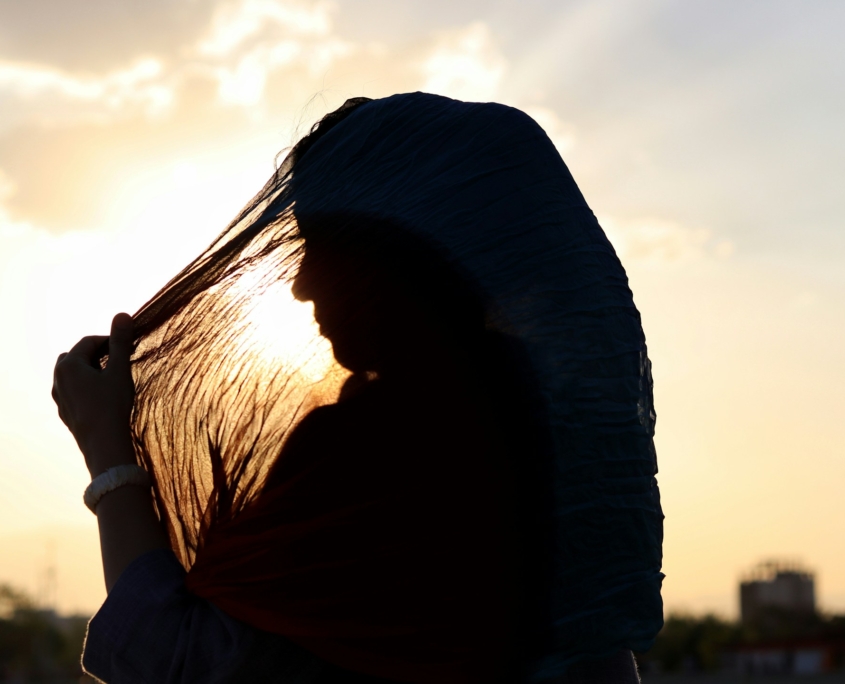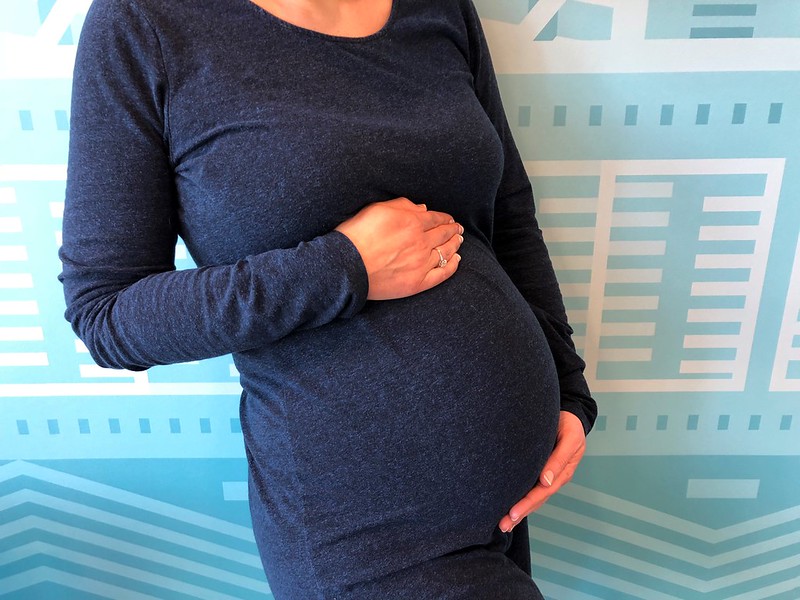 The Roma are a diverse Indo-Aryan ethnic group originating from Northern India, with 10–20 million Roma currently living in Europe. The largest Romani populations reside in the Balkans. As of 2022, 80% of Roma live below the poverty line. Systemic discrimination drives this poverty and disproportionately affects Roma women. They often receive poor obstetric care and experience higher rates of complications. Studies reveal shorter gestation periods, more frequent miscarriages and a higher prevalence of teenage pregnancies among Romani women.
The Roma are a diverse Indo-Aryan ethnic group originating from Northern India, with 10–20 million Roma currently living in Europe. The largest Romani populations reside in the Balkans. As of 2022, 80% of Roma live below the poverty line. Systemic discrimination drives this poverty and disproportionately affects Roma women. They often receive poor obstetric care and experience higher rates of complications. Studies reveal shorter gestation periods, more frequent miscarriages and a higher prevalence of teenage pregnancies among Romani women.
Maternal Outcomes and Access Barriers
Around 17.8% of Roma babies are born with low birth weight, more than double the 7.9% rate for non-Roma babies. Infant mortality among Roma children is 10 times higher than among their non-Roma counterparts. Home births remain more common and many women face malnutrition, a lack of health education and social taboos around pregnancy. Many also smoke during pregnancy. Financial instability, cultural barriers and discrimination keep Roma women from accessing prenatal care, a vital factor in improving maternal and infant health outcomes.
A New Solution
In 2023, Ireland’s Health Service Executive (HSE) collaborated with the Pavee Point Traveller and Roma Centre to launch the guidebook “Roma Daja—Supporting Roma Women During and After Pregnancy.” Roma women wrote the guidebook for other Roma women. Available in English, Romanian, Czech and Slovak, this free resource offers both hard copies and online access across Europe.
Roma health worker Bianca Tanase highlighted the reasons for the guide’s importance: “We also know Roma mothers-to-be are not always getting the right health information, experience language and literacy barriers, fear mistreatment and experience racism and discrimination.” She also noted the lack of basic supplies for Roma babies leaving the maternity hospital, stating, “This reflects that Roma babies are effectively disadvantaged—right from birth.” The guidebook supports Roma women through every stage of pregnancy and postpartum recovery. It also helps health care workers communicate more effectively and respectfully with Roma patients.
Inside “The Roma Daja”
The guidebook includes five sections: Trimester 1, Trimester 2, Trimester 3, Postnatal Stage and Pregnancy Loss. It targets Roma mothers who feel unsure, unwilling or unable to access formal obstetric care.
“Roma Daja” outlines lifestyle adjustments that support healthy pregnancies. It uses visuals and clear explanations to identify substances to avoid. A 2023 study found that 76% of Roma women continue smoking during pregnancy—a result of the widespread lack of maternal health education. Smoking increases the risk of complications for both mother and baby. In 2009, researchers observed poor nutrition among Roma mothers. This often leads to premature births or low birth weight. The guidebook emphasizes the importance of proper diet and nourishment during both pregnancy and breastfeeding, aiming to close the education gap and improve outcomes.
Establishing Trust
Many Roma women avoid prenatal checkups due to language barriers, low literacy and previous experiences with discrimination. “Roma Daja” helps build trust by explaining what happens during checkups and clarifying common obstetric terms such as gestational diabetes, caesarean sections and epidurals. Understanding medical language enables Roma women to make informed decisions and engage more confidently with health care services.
Preventing Complications
Without proper counseling, women risk overlooking warning signs during pregnancy. “Roma Daja” outlines symptoms to watch for, including COVID-19 symptoms, fever, bleeding, stomach pain and changes in baby movement. The postnatal section discusses common issues such as colic, jaundice and the importance of vaccinations. At the same time, the guidebook reassures mothers about normal symptoms like nausea, soreness and weight gain throughout pregnancy.
A Better Future for Roma Maternal Health
“Roma Daja—Supporting Roma Women During and After Pregnancy” fills a critical gap in Roma maternal health education. The guide empowers Roma women to make informed health decisions, which can reduce pre-term births, low birth weight and infant mortality. As more Roma communities gain access to this resource, maternal health outcomes have the potential to improve dramatically.
– Helen Cusick
Helen is based in Minneapolis, MN, USA and focuses on Good News and Global Health for The Borgen Project.
Photo: Flickr
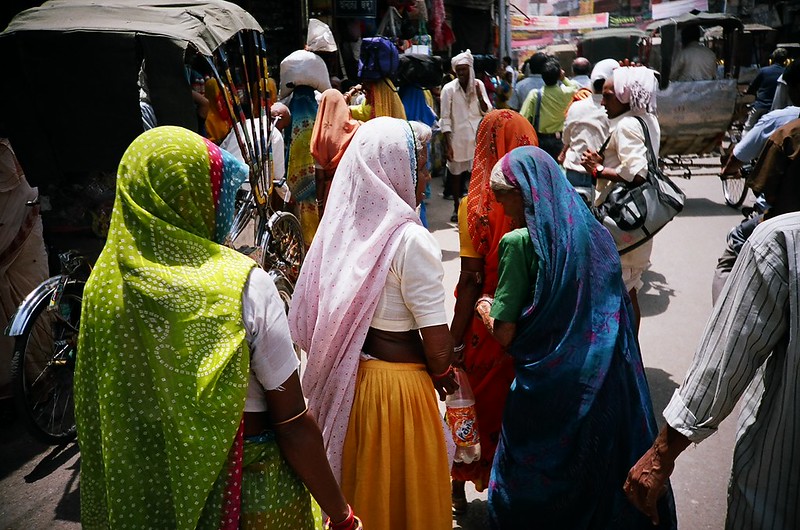 More than
More than 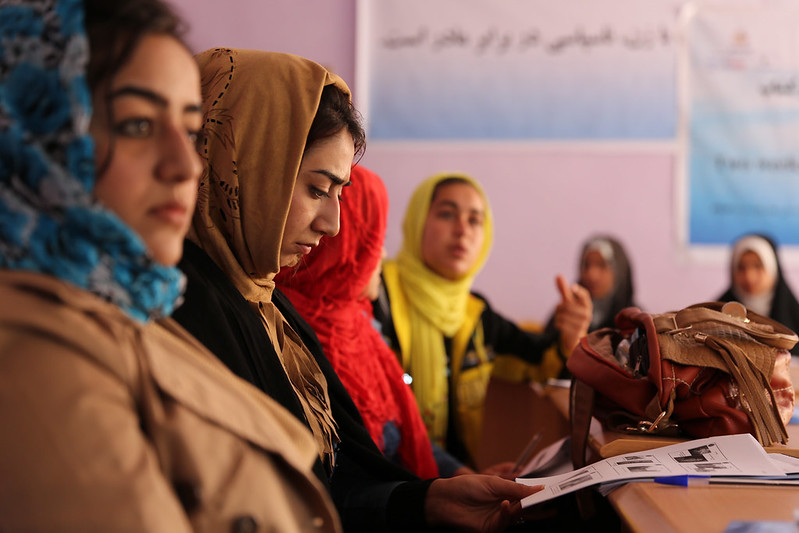 The Trump Administration’s USAID cuts have affected many in
The Trump Administration’s USAID cuts have affected many in 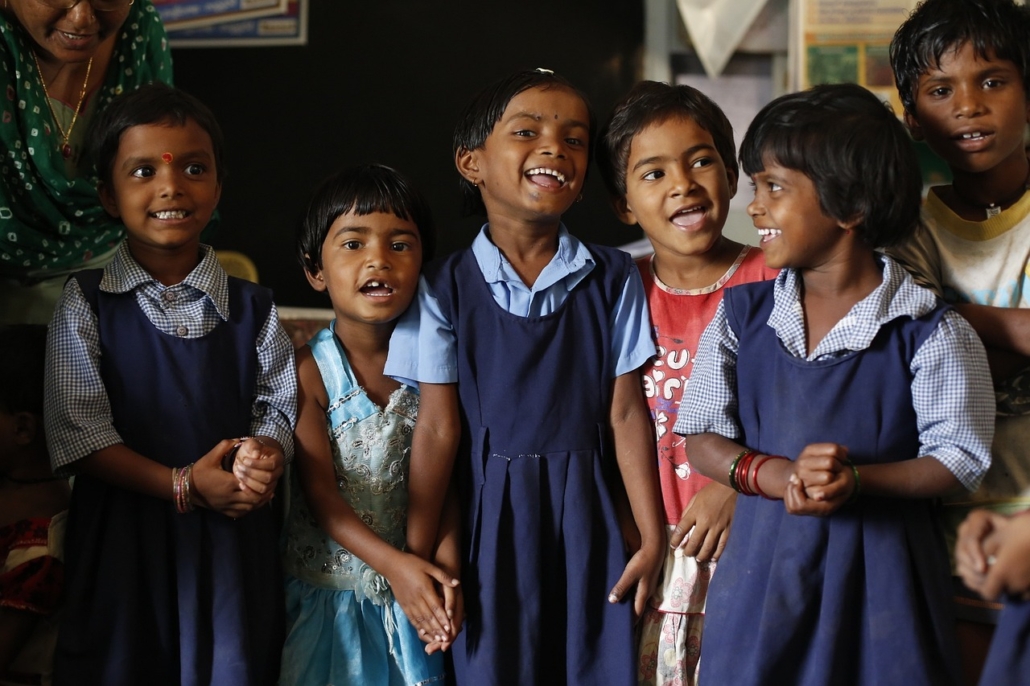

 For
For 
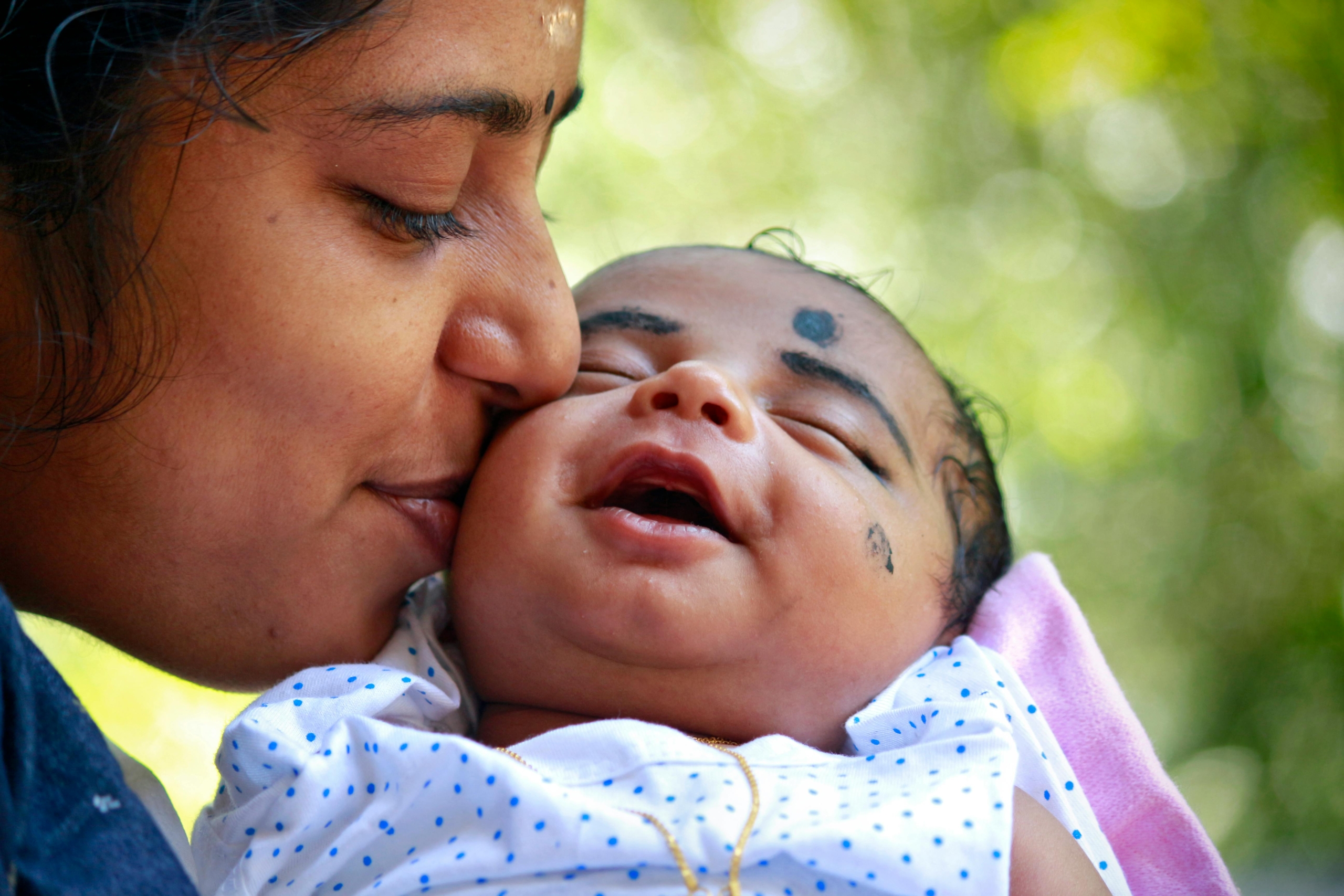
 The October 2023 attack by Hamas has left
The October 2023 attack by Hamas has left 